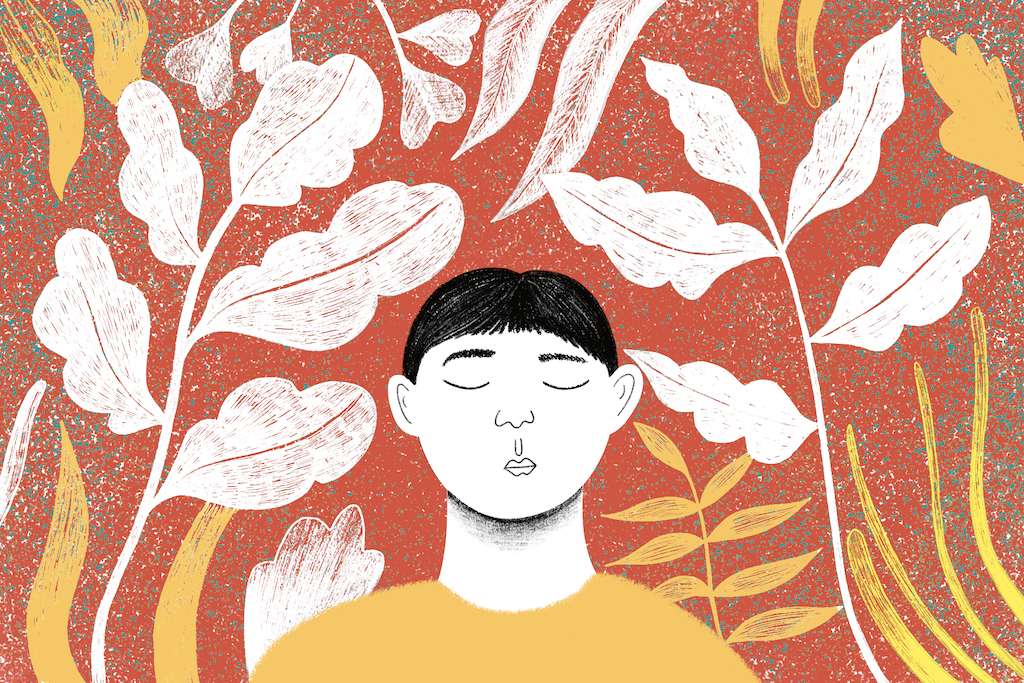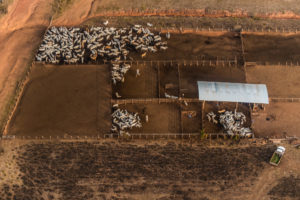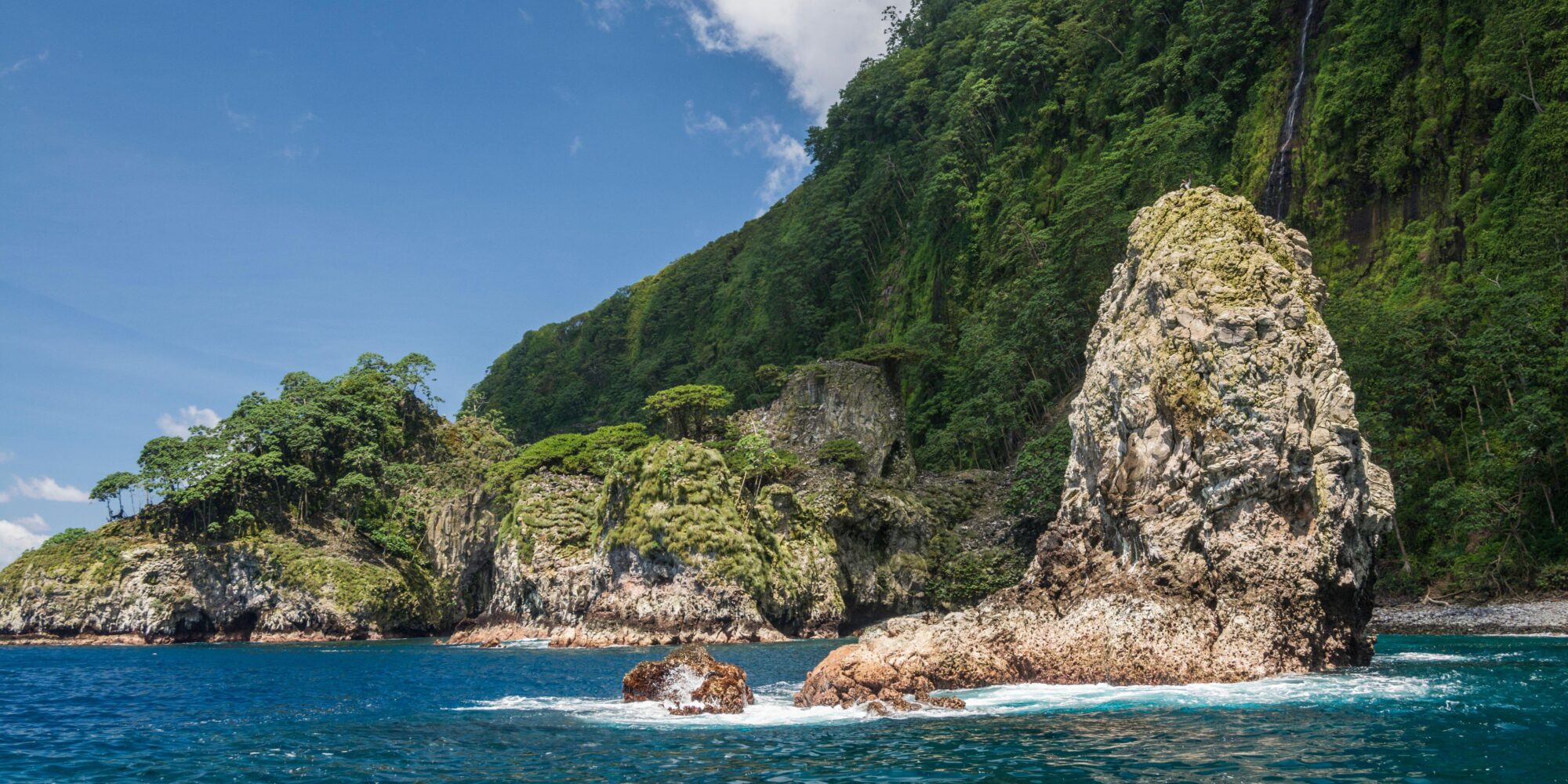Interrupted by the Delta and Omicron Covid variants, 2021 was a stop-start return to something resembling business-as-usual in the climate and political calendars.
The delayed COP26 climate summit eventually resulted in the Glasgow Pact, keeping cautious hope of curbing global heating alive, and Ecuador, Peru, Honduras, and Chile all voted in new presidents, with consequences for environmentally sensitive industries and relations with China. China, meanwhile, pledged to cut overseas coal finance and support renewables and released its long-awaited 14th Five-Year Plan, a blueprint for development that has implications the world over.
Beyond headline-grabbing events, Diálogo Chino told a number of under-explored stories about China, Latin America and the environment over the past year, bringing unique perspectives and insights to our readers. Here are our team’s top picks from the past 12 months.
Alejandra Cuéllar, Mexico and Central America editor: Impunity and incompetence fuel illegal Mexico-China seahorse trade

The seahorse trade between Mexico and China is rarely analysed from both countries. In collaboration with Hong Kong journalists HK01, we delved deep into the illicit trading of this vulnerable sea creature by covertly filming in Hong Kong shops and speaking to vendors, while also investigating how it is fished in Mexico. As well as vendors, we interviewed experts in traditional Chinese medicine to better understand seahorses’ use, and to experts on the global seahorse trade to better understand what motivates this million-dollar trade that often goes unpunished.
Fermin Koop: Southern Cone editor: The complex energy transition of Chile’s “sacrifice zones”

Delivering on climate change targets means carrying out an energy transition from polluting fossil fuels to cleaner, renewable sources. For Chile, this has been a complex task. The country has relied on coal for a large part of its electricity generation for many years. This report visits the towns of Quintero and Puchuncaví in central Chile, which have been described as “sacrifice zones” – areas where pollution from coal-fired power and other industries is so bad that human health has been sacrificed, but that are now embarking on an energy transition.
Lívia Machado Costa, editorial assistant: Brazilian agribusiness booms despite international tensions
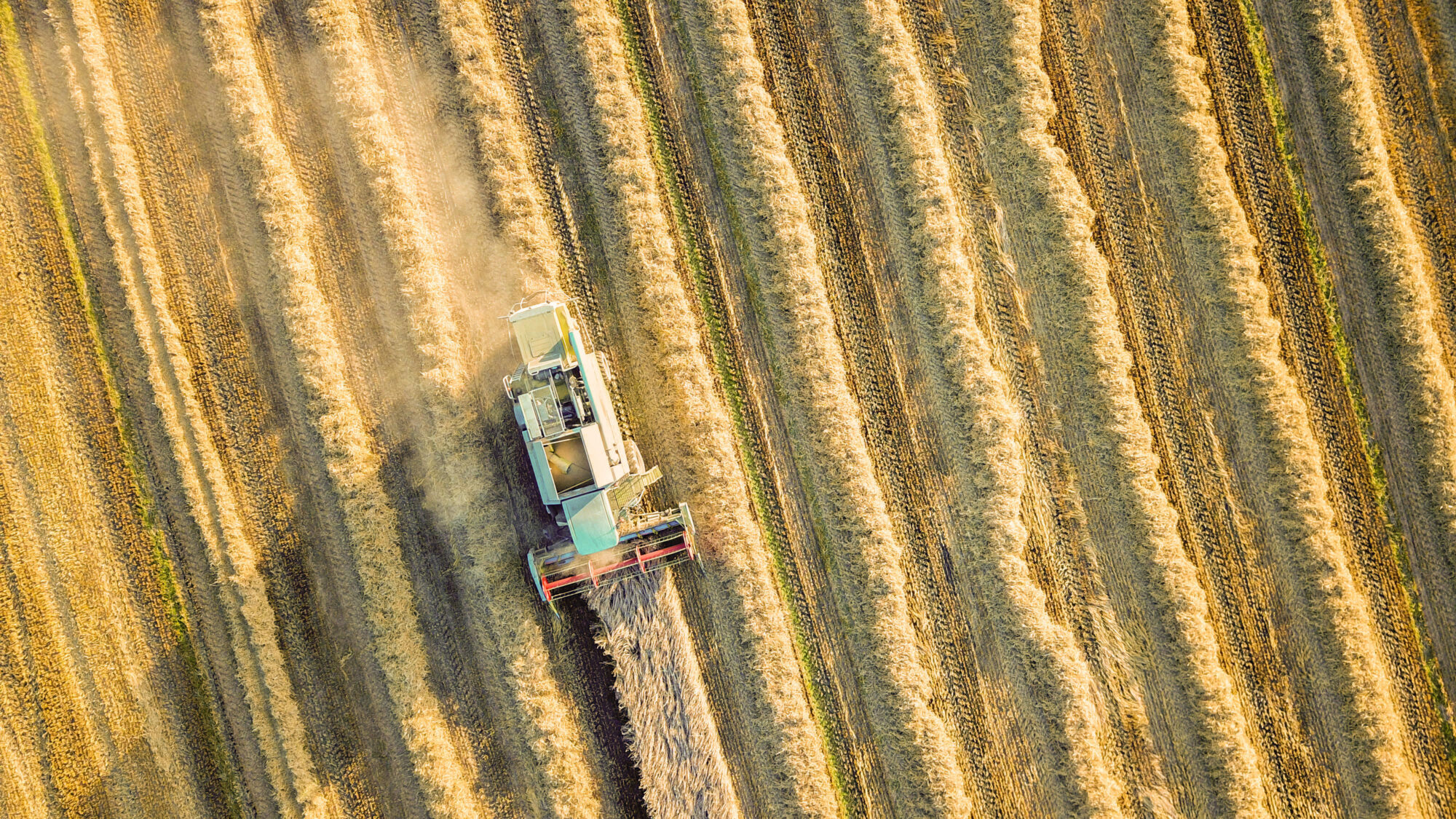
Brazil’s President Jair Bolsonaro made several undiplomatic comments towards China in 2021, despite the Asian country being Brazil’s top trade partner and a key producer and supplier of vaccines. Agribusiness, however, felt few ill effects: 2020 was its second best year in a decade in terms of exports and it remains highly dependent on China. We delved into intragovernmental efforts to shield agribusiness – the single biggest contributor to Brazil’s GDP – from diplomatic tensions, explaining the key role of agriculture minister Tereza Cristina.
Marina Bello, editorial assistant: Is Argentina’s soy boom over?

2021 was the year in which Argentina, the quintessential soybean country, planted the fewest soybeans for a decade. We closely followed the move towards more varied crop planting as many producers realised that monoculture, and the soil erosion it causes, works against their economic interests. They’ve now opted to integrate more crops such as wheat and corn. “Soybean country is over, only the myth remains,” said an agronomist. Time will tell if the myth will be revived or if sustainability will win the fight.
Robert Soutar, managing editor: Cristina Dorador: a biologist who wants to help write Chile’s new constitution

Chile is a land of extremes: its parched northern deserts and icy Antarctic mountain ranges host microbes known as extremophiles that somehow thrive. It is also a land of political extremes, where a far-right climate sceptic faces a left-wing former student leader in a presidential run-off. In May, Cristina Dorador, a biologist who studies extremophiles in the lithium-rich Atacama Desert, was elected to help draft Chile’s new constitution. Dorador’s enlightened views on Chile’s natural resources, their role in the global energy transition, and the symbiosis of science and politics are refreshingly pragmatic.
Patrick Moore, assistant editor: El Salvadorans wary of energy-hungry bitcoin

The burgeoning and frequently baffling world of cryptocurrency had quite the ride in 2021, seeing record prices, crashes, a Chinese clampdown and even the tokenisation of cows. For most of us, confusion continues to shroud the crypto phenomenon, but this was probably felt most acutely this year by residents of El Salvador, as the country became the world’s first to recognise Bitcoin as legal tender. There were eye-catching statements about powering energy-hungry ‘mining’ processes using the country’s volcanoes but, for citizens thrown into this experiment, confusion reigned, with uncertainty over how to actually use it and around the currency’s volatility. Our story captured the now familiar tug of war between the skepticism or disinterest many feel towards cryptocurrency, and the wild enthusiasm of its advocates.
Li Yedan, researcher: Is hydrogen the new oil?
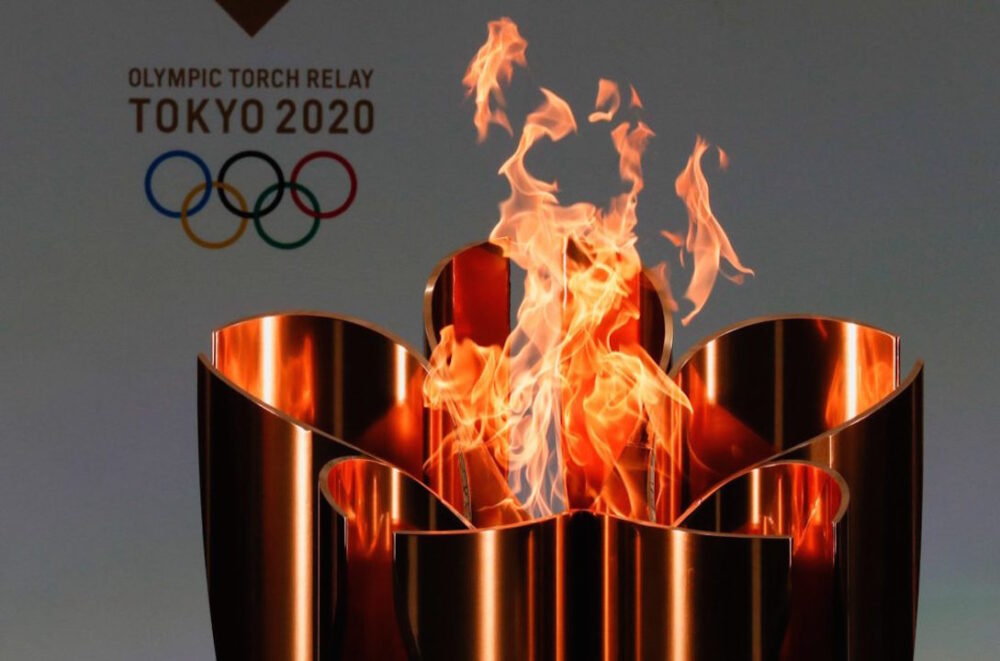
With the urgency of the energy transition, we all are concerned about the new fuel technologies or other resources that will replace fossil fuels and offer hope of a clean energy future. This article gives a brief history of the development of hydrogen as an energy source, introduces the ‘grey’, ‘blue’ and ‘green’ forms developed until now, and offers the perspectives of supporters and doubters of its market potential. This easy-to-understand article is a good example of the long-term potential of alternative fuels, but also the challenges they face in a world that has been hooked on oil.

